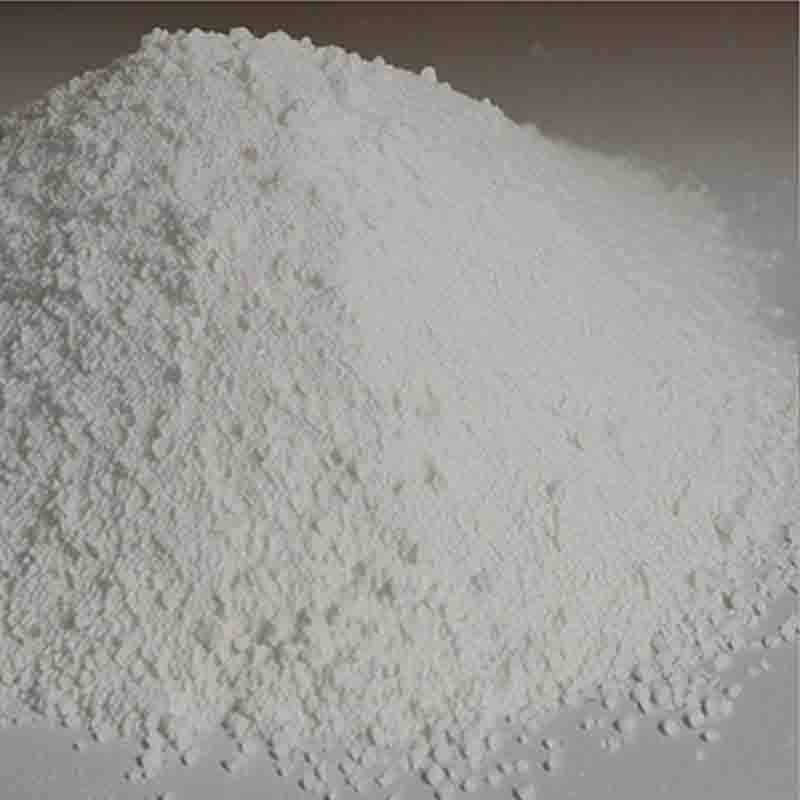Palladium acetylacetonate CAS: 14024-61-4
| Catalog Number | XD93977 |
| Product Name | Palladium acetylacetonate |
| CAS | 14024-61-4 |
| Molecular Formula | C10H14O4Pd(OCOCH3)2 |
| Molecular Weight | 304.64 |
| Storage Details | Ambient |
Product Specification
| Appearance | White powder |
| Assay | 99% min |
Palladium acetylacetonate, also known as Pd(acac)2, is a coordination complex of palladium and acetylacetonate ligands. It is a yellow to orange crystalline solid that finds numerous applications in both academic research and industrial processes. This compound is widely used as a catalyst in various organic transformations, including cross-coupling reactions and catalytic C-C bond formations.One of the key applications of palladium acetylacetonate is in cross-coupling reactions, particularly in the Suzuki-Miyaura coupling. This reaction involves the coupling of an aryl or vinyl boronic acid with an aryl or vinyl halide, resulting in the formation of a new carbon-carbon bond. Palladium acetylacetonate, in combination with a phosphine ligand, serves as an efficient catalyst to promote this coupling. The result is the synthesis of a wide range of biaryl compounds, which are important building blocks in pharmaceuticals, agrochemicals, and materials science.Another significant use of palladium acetylacetonate is in the Heck reaction. This reaction involves the coupling of aryl or vinyl halides with alkenes or alkynes under mild reaction conditions. Palladium acetylacetonate, along with a base and a phosphine ligand, acts as a catalyst and facilitates the formation of carbon-carbon bonds. The Heck reaction has broad application in the synthesis of pharmaceuticals, natural product synthesis, and materials chemistry.Additionally, palladium acetylacetonate can be employed as a catalyst in other important reactions, such as Sonogashira coupling, Stille coupling, and Buchwald-Hartwig amination. These reactions enable the formation of carbon-carbon and carbon-nitrogen bonds, thereby facilitating the synthesis of a wide range of organic compounds.Apart from its catalytic applications, palladium acetylacetonate is also used as a source of palladium in various industrial processes. It can serve as a precursor for the deposition of palladium thin films or nanoparticles, which are utilized in electronics, catalysis, and sensing applications. Palladium acetylacetonate can be thermally decomposed or reduced to produce palladium nanoparticles, which exhibit high surface-to-volume ratio and excellent catalytic properties.In conclusion, palladium acetylacetonate (Pd(acac)2) is a versatile compound with significant applications in organic synthesis and various industrial processes. Its role as a catalyst in cross-coupling reactions, such as the Suzuki-Miyaura coupling and the Heck reaction, allows for the synthesis of valuable organic compounds. Moreover, its capability to serve as a precursor for palladium nanoparticles makes it indispensable in materials science and catalysis.









